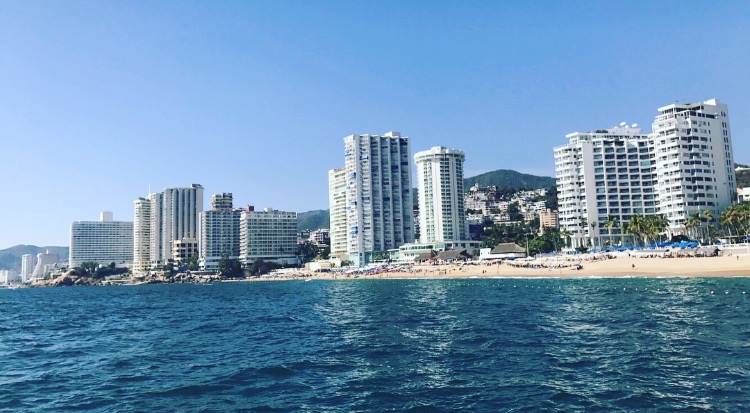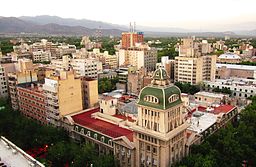A guest blog by Dr. Kimberley Brown:
Active learning for many faculty in International/global studies has meant simulations. Alternatively, faculty could also vary teaching methods and assignments to meet the needs of a broad-base of students by using the principles of Universal Design for Learning. This post focuses on an infographic assignment substituted for a final paper in a section of a new online undergraduate course I taught last winter called “Human Rights and Language.”
Infographics are “a larger graphic design that combines data visualizations, illustrations, texts and images together in a format that tells a complete story” (Krum, 2014, 6). The basic assignment asked students to:
“Peruse our course topics. Select one of the topics as the foundation for your infographic. Your infographic will describe a linguistic human rights problem, the population affected by the problem, and solutions. You will include a map of the area(s) where the problem you have identified occurs. Your goal is to disseminate information about the issue you have researched to diverse audiences. Your infographic should demonstrate a clear understanding of the issue you present and integrate course concepts and terminology.”
I was encouraged to adapt this assignment for my course after a group of colleagues in Community and Public Health (Shanks, Izumi, Sun, Martin and Shanks, 2017) successfully assigned this to their students. You can see their article, “Teaching Undergraduate Students to Visualize and Communicate Public Health Data with Infographics” here. The adaptation was quite extensive and it took many hours of collaboration with our Office of Academic Innovation to get it right. You can see the full directions for the assignment here.
I was anxious but with coaching broke the assignment into weekly parts including references, field testing, revision and reflection. Virtually no one in class had done an infographic before. I prepared written instructions as well as a screencast. Students had access to examples of Infographics. They were encouraged to use either Canva or Piktochart. Both had tutorials. The results were highly creative. Only one student suggested that the assignment was better suited to a marketing course. Others noted that they had been pushed in unanticipated ways but could use this skill going forward. Four of the infographics are shared here with the permission of their authors. They all convey data very differently.
I adapted a grading rubric from a variety of rubrics for infographics accessed online.
If you would like more information about the assignment, please email me: brownk@pdx.edu
Please see examples of the infographics below:
Infographic on gendered languages by Madison Cheek
The Norway Infographic by Paige Nef
The Sierra Leone Infographic– Gaia Oyarzun
The Ainu Infographic–anonymous.
The full reference to our colleagues’ outstanding on article on infographics is:
Shanks, J., Izumi, B., Sun, C., Martin, A., & Byker Shanks, C. 2017. Teaching Undergraduate Students to Visualize and Communicate Public Health Data with Infographics. Frontiers in Public Health, 5, 315.
For another key reference see: Krum, R. 2014. Cool Infographics. Indianapolis: John Wiley and Sons.




